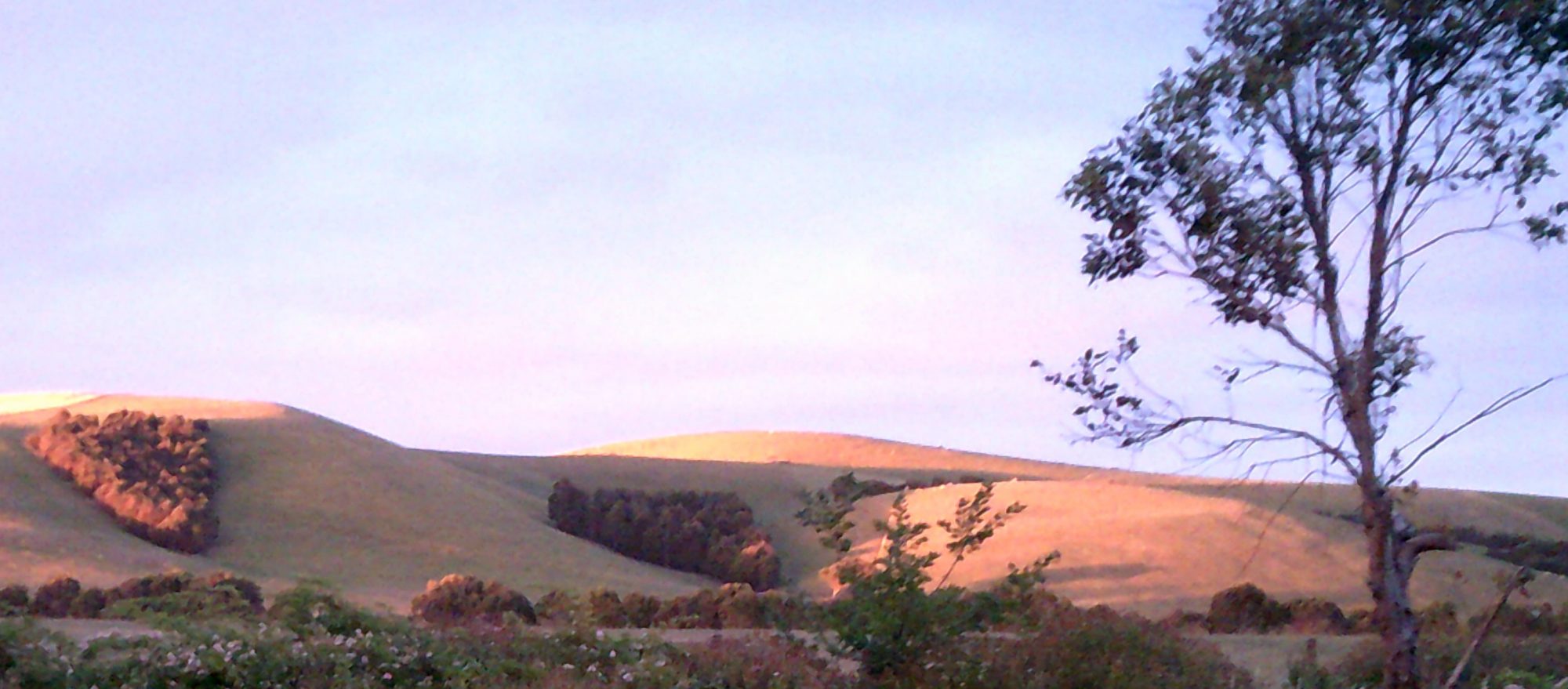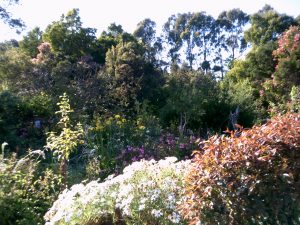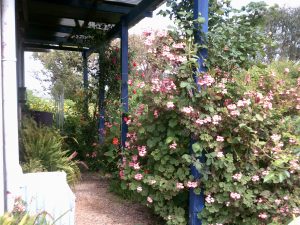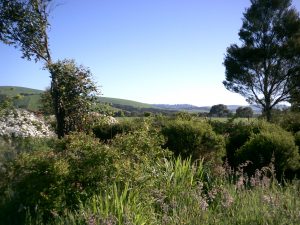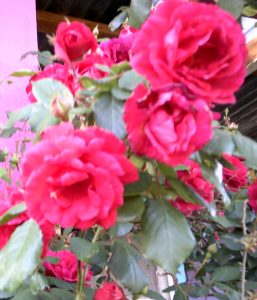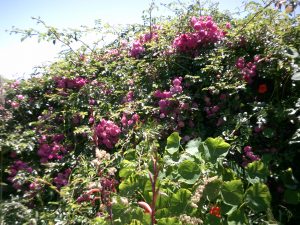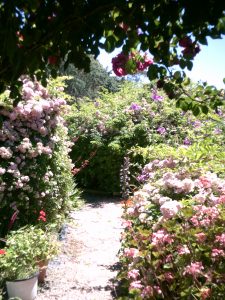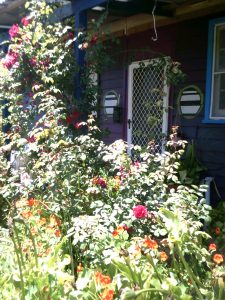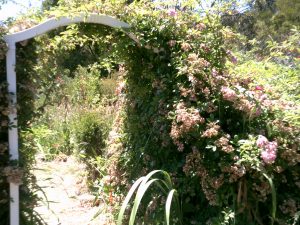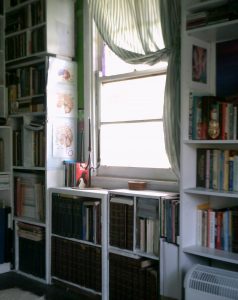Marble Arch, London.
Some years ago, I had the good fortune of living in central London adjacent to Park Lane and very close to the grand and expansive tourist attraction of Hyde Park. Every weekend I would take the bus to my art class, which was just a few miles away on the other side of Marble Arch. The Arch always fascinated me, not so much for its historical value or its architecture, but because the British seemed to have a penchant for reproducing arches of every shape and size in their own environs, sometimes for weddings and sometimes just for ornamental value in suburban back gardens. I often wondered, what was it that was so appealing about arches?
Undoubtedly, Marble Arch stands-out for its grandeur and because it is a pathway for royal coronations and funerals, but how many people considered the deeper meanings associated with arches?
Marble Arch is only one of many arches around the world designed to celebrate the victories of war. London’s Marble Arch depicts the glorious wins gained in the Napoleonic Wars. It was an Arch of triumph and it still serves to uphold those same traditional values that suggest might is right and the warrior takes all.
Marble Arch was designed and partially built between 1752 –1835 by John Nash, who also designed much of the surrounding parklands and some sections of Buckingham Palace. The Arch was commissioned under the auspices of George IV. The intention was to expand Buckingham Palace and acknowledge England’s military might with a grand monument.
Following the King’s death Nash was sacked for spending too much money on the project and his position was filled by Edward Blore. Despite the change in management the Arch would still display the envisaged royal grandeur. It was clad in Ravaccione, a grey-white stone typical of Carrara marble, a material that would also lend credence to the name Marble Arch. It was the first time any building in London have been covered in this elegant and costly material. As it turned out the Arch proved unsatisfactory as the size of the Palace left the Arch looking small and insignificant.
Marble Arch was built as a tribute to military valour, but it also contains a grave mistake. Either side of the Arch has a selection of winged victories accompanied by the two key commanders, but on the military side there is a portrait of Nelson (a navel leader) and on the navel side a portrait of Wellington (a military leader). Each of the ends are finished with laurel wreaths, a symbol of great achievement.
The Arch was completed in 1833 and gates were added 1837 in time for Queen Victoria’s coronation. The gates were cast in bronze with a lion overseeing the slaying of the dragon by Saint George, the patron saint of England.
Blore’s Arch was unable to accommodate all the sculptures produced for the project so some ended up surrounding the central courtyard at Buckingham Palace, while others were given to William Wilkings for the construction of a new national gallery in London.
Marble Arch stood as the formal entry to Buckingham Palace for seventeen years before being relocated to Cumberland Gate where it served as an entry to Hyde Park. Both the park and Arch featured in the Great Exhibition of 1851. The Arch remained the entrance to Hyde Park for fifty years until in 1908 a new road system was constructed through the park south of the Arch which separated it from the parklands. In the 1960s the roads were further enlarged completely cutting off the Arch and leaving it isolated amidst London’s busy traffic and intersections. It still remained a tourist attraction especially on royal occasions. Queen Elizabeth II would pass under the Arch on her way to her coronation in 1953. In 1970 the Arch was Grade 1 listed which protected it from further disruption.
Everyone British subject would probably know of Marble Arch, but not of many would know its history despite the decorative panels indicating the Marble Arch story. They were designed by Richard Westmacott. On one panel there are three female figures, one wearing Britannia’s helmet, another carrying an Irish harp and the third holding the shield of Saint Andrew. In another panel there is Peace, holding the trophies of war. Peace is standing of a pile of shields and bearing an olive branch, above are the three victories with laurel leaves.
On the south side, the panels were created by E. Baily, best known for his stature of Nelson in Trafalgar Square. There are two figures in Baily’s panels Virtue and Valour designed to symbolize strength.
I grew up in the aftermath of the Second World War when the young people of my generation would call virtue and valour into question. Many would come to the realization that wars were created by the rich and fought by the poor and in the 1960s another war was on the horizon, the Cold War; a nuclear war that was predicted to end all wars. Where would the inner City of London find the space for more warrior arches?
I left London and settled in Australia on a beautiful property with a wonderful garden and views across acres of green fields to the hills beyond. I am an avid gardener and low and behold, I have found myself unconsciously creating garden arches, albeit to maintain and control my roses. I have been forced to admit that I have inherited a penchant for arches. I may not have a victory from foreign wars, but I do have victory over my prolific blooms when the spring rains sends them marauding across my pathways.
Sources.
- Bowdle and Steven P. Brindle’s English Heritage guidebook, Wellington Arch, Marble Arch and Six Great War Memorials (2015). www.english-heritage.org.uk and https://marble-arch.london/marble-arch-story/ Retrieved 16th Dec. 2018.
